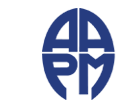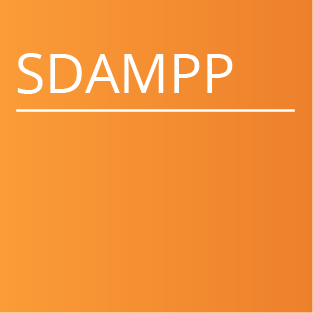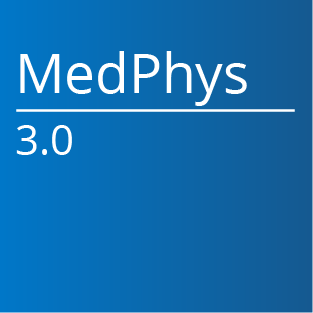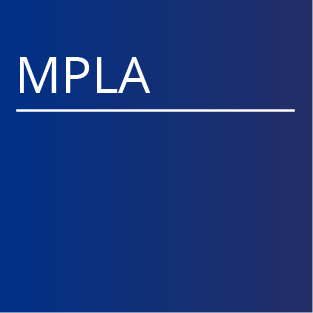AAPM has contracted with NCRP to provide each AAPM Member in good standing access and download privileges of electronically available NCRP reports, commentaries and statements. This report was prepared by the National Council on Radiation Protection and Measurements (NCRP). The Council strives to provide accurate, complete and useful information in its reports. However, neither the NCRP, the members of NCRP, other persons contributing to or assisting in the preparation of this report, nor any person acting on the behalf of any of these parties (a) makes any warranty or representation, express or implied, with respect to the accuracy, completeness or usefulness of the information contained in this report, or that the use of any information, method or process disclosed in this report may not infringe on privately owned rights; or (b) assumes any liability with respect to the use of, or for damages resulting from the use of, any information, method or process disclosed in this report.
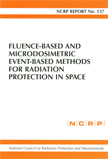 |
Report No. 137 - Fluence-Based and Microdosimetric Event-Based Methods for Radiation Protection in Space (2001) Price: $30 PDF (AAPM Members FREE) Category: Reports Report No. 137 (2001) describes how long-term space missions of the future will subject space travelers to a unique radiation environment not experienced by Earth-bound populations. The space radiation environment is dominated by high-energy protons, helium ions, and to a lesser extent heavier ions. These particles are highly penetrating and many can traverse the shielding provided by the spacecraft and the self-shielding of the travelers' bodies. This circumstance plus the nuclear fragmentation of those particles that do interact create a radiation environment containing a relatively large component of highly ionizing radiation. Because it is known that different biological effects can occur from different particles of the same linear energy transfer (LET), it was suggested that perhaps introducing another formulation allowing explicitly for the variation of risk with particle type as well as LET might provide advantage over the conventional treatment utilizing the singled-valued quality function versus LET formulation. Report No. 137 explores two possible methodologies to circumvent this problem, the fluence-based approach and the microdosimetric approach. A description of the methodologies is presented, and advantages and disadvantages of each are identified. The result of an analysis where each of the approaches was applied to the same idealized shielding situation in space revealed that under the specified conditions, the difference in the risk calculated by each was less than a factor of two. Because of the closeness of these results and our present lack of biological data in the region of high-energy high-LET radiation, it was concluded that the reason to move to another methodology at present is not compelling. It is suggested that as new data become available and dosimetric techniques become more refined, the question should be revisited and that in the future, significant improvement might be realized. Scientific Committee: Stanley B. Curtis, Chairman Leslie A. Braby John F. Dicello Michael N. Gould Peter G. Groer Warren K. Sinclair Marco A. Zaider R.J. Michael Fry, Advisor |
